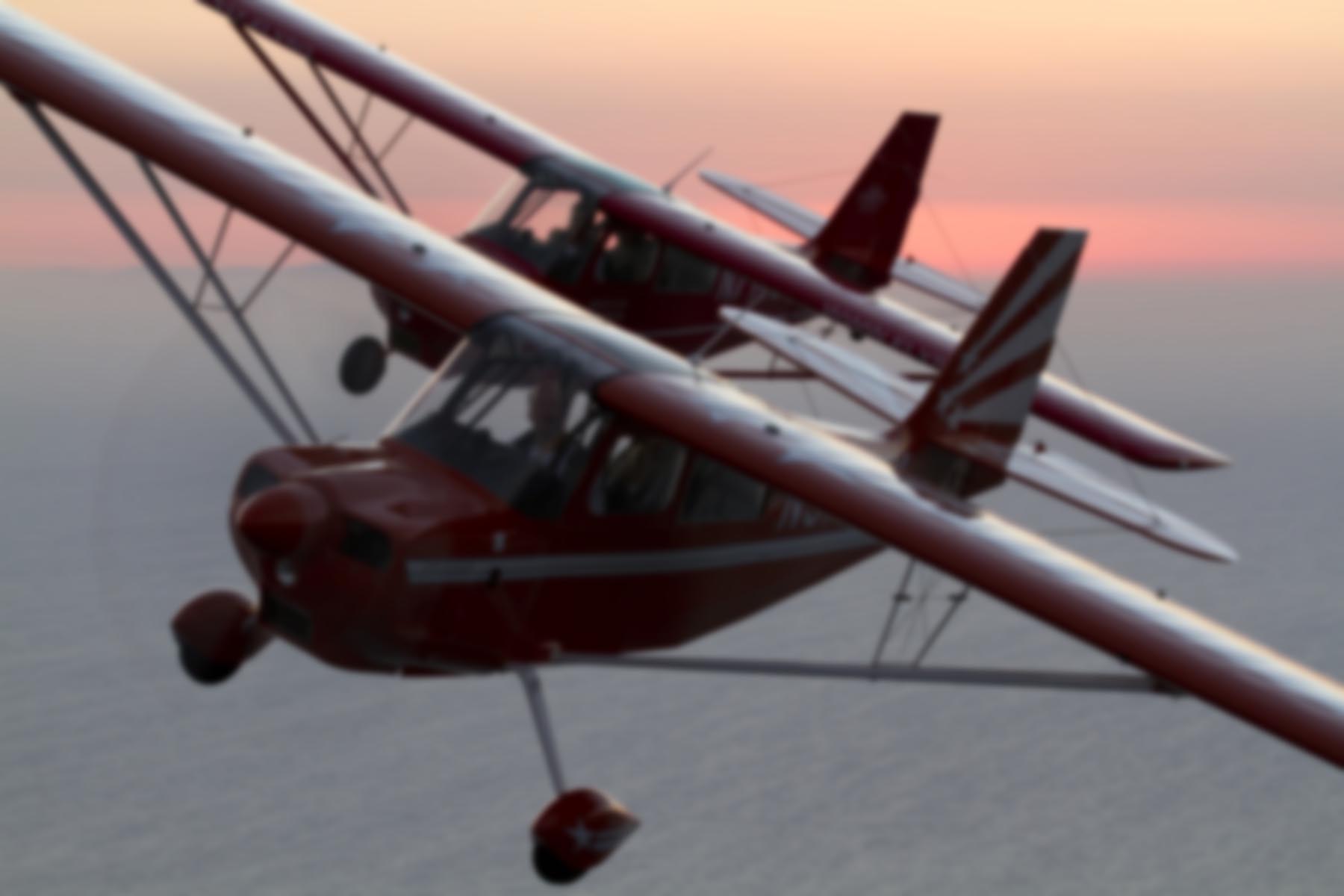 Who says flying cargo is boring?
Who says flying cargo is boring?
Certainly not the DHL Global flight crew that landed their crippled Airbus A300 at Baghdad International Airport last November. Their jet was hit by a surface-to-air missile at 8,000 feet while on descent for landing in Baghdad. The missile tore off a large chunk of the left wing, which sounds bad but is not typically fatal. Many aircraft (the B-17 and DC-3 come to mind) have sustained astounding damage and still returned safely from combat.
The real problem in this case was that the aircraft’s hydraulic systems were disabled. Unlike smaller aircraft, today’s huge airliners rely on hydraulics to actuate the flight control surfaces. The forces involved in deflecting the ailerons, rudder, and elevator on these massive airplanes are simply too large for any human to handle. So the controls are “powered” by a hydraulic system. In fact, the “stick” in the cockpit is not directly connected to the flight controls at all.
Relying on hydraulic systems might sound like a bad idea, but traditional cable-driven flight controls are problematic for airliners. The cable runs would be very long and provide many opportunities for the cables to kink, snag, or otherwise jam up on the miles of wiring and plumbing that constitute a modern day jetliner, especially after maintenance personnel have been working on the aircraft.
Of course, this makes the hydraulic system extremely critical–even more important than the engines. That’s why airliners typically have three completely independent hydraulic systems. If one fails, there are two more capable of doing the job. Aircraft designers computed the odds of losing all three hydraulic systems on a single flight to be approximately ten to the ninth power–a billion-to-one.
What the designers didn’t foress was the proliferation of shoulder fired SAMs like the one that hit our DHL A300. It must have been interesting to suddenly find that the side-stick control used to fly the Airbus had no effect on the aircraft whatsoever.
Oh, and by the way you’re on fire, too. And did I mention that hydraulics also power the brakes, landing gear, and flaps?
Even so, the pilots in our story managed to get their plane on the ground in one piece. The details are still a bit sketchy–neither the powers that be in Baghdad or DHL Worldwide has commented on the story thus far. But a Powerpoint presentation with some amazing photos of the landing and damage has been making the rounds on the internet. Have a look.
So how did our Pilots of the Year do it? They probably took a page from the playbook of United Flight 232, a DC-10 which crashed in Iowa on July 19, 1989 (video clip: 7.5 meg or 0.9 meg). The DC-10’s rear engine failed and the shrapnel severed all three hydraulic systems. The flight crew managed to regain some semblance of control by using differential engine thrust. Most of the passengers survived the crash landing.
After the United 232 accident, NASA’s Dryden Research Center experimented with controlling large jets solely with differential engine thrust. They found it was nearly impossible when handled manually. McDonnell Douglas worked with NASA to develop a software solution and NASA went on to test it successfully in a Boeing 720 at Edwards Air Force Base. Several nearly perfect landings were made without any flight controls. The idea behind the experiment was to see if it might be feasable to equip large jets with this software as a backup in case the hydraulic systems all failed.
Not only was it possible, but the study found that differential thrust could even be used to control a four engine airliner when two engines were failed on the same wing! By differing the thrust on the remaining engines, enough control could be regained to keep the plane in the air.
There was a some initial resistance at NASA toward devoting resources to this kind of research. It was considered by many to be a waste of time. Ironically, PCA (propulsion controlled aircraft) may turn out to be the future of the aerospace industry. New jets from American and Russian manufacturers use “vectored thrust” to augment flight control performance. It may only be a matter of time before new commercial aircraft are controlled the same way, even if only secondarily.
Anyway, back to the DHL incident in Baghdad. The Powerpoint presentation has a photo of the unidentified flight crew. Whoever they are, I hope they get their day in the sun. The hurdles they overcame in the cockpit that day are a testament to their experience, training, skill, and creativity.
If you’re ever tempted to think of airline pilots as nothing more than button pushers or autopilot babysitters, think about that.

Amazing! Thanks again for another edutaining article.
A300 – no sidestick, traditional layout in the flight deck. Incident was 12miles out 8000ft after take off… NOT descent. The crew done a fantastic job – one which has only ever been done once before in history, and that was the DC10 mentioned above.
THAT crew demand now the respect of not only aviators, but every single soul involved in aviatoin worldwide – what they acheived was quite simply remarkble and will forever be a part of aviation history.
My hat off to the crew which I flew with many a time on the same route, and I will always hold each of them in the highest regard as 3 of the finest aviators the world has seen.
Eric, Steve and Mario… Salut!!!!!
DHL BAH